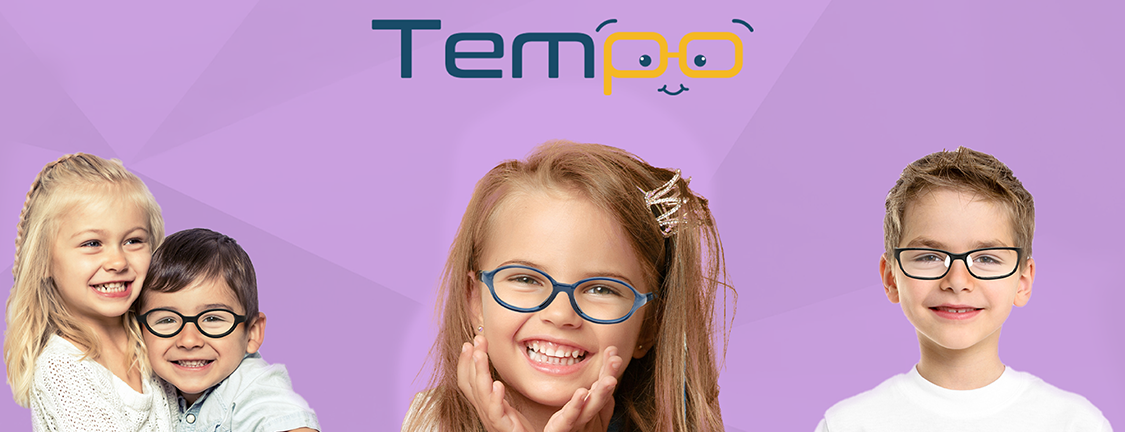Childhood Vision Development: The First 12 Months
Childhood Vision Development: The First 12 Months
Babies have a lot going on. It’s a new world for them and the development of visual skills is crucial to healthy brain development. Knowing what to expect at each step along the way makes you a better parent.
0 to 30 Days: The First Steps
At birth, or before leaving the hospital a doctor should examine your newborn’s eyes.“
American Academy of Ophthalmology - aao.org
An infant’s eyes are extremely sensitive to bright lights. You will notice your newborn's pupils are super tiny and limit the amount of light entering their eyes.
Within a couple of weeks, the baby's pupils widen and more light begins to reach the developing retinas. Over the coming weeks the eyes continue to develop and the infant can now see light and dark patterns but not much more. The infant can see across a room, but prefer objects near to them. Bright colors and large shapes are also a big deal to your baby at this age.
At 30 days old brightly colored objects placed 3ft away are the hottest thing on the block. Simply experiencing the color Red for the first time might be as exciting as a summer music festival to you and I. You may even notice your child briefly focusing attention and trying to focus their eyes.
2 to 4 Months: Motion Tracking
For the first 2 months your baby's eyes don’t really work “Together”. You will likely notice their eyes wondering to either side independently or becoming crossed. This is normal and should correct itself over time.
if one of your baby's eyes constantly turns in toward their nose or outward away from the nose, talk with your pediatrician.
Kierstan B. - aao.org
At about 2 months old, their visual coordination improves greatly. Babies this age can usually follow moving objects for a short amount of time. At 3 months old, your baby may even have the coordination to bat at nearby moving objects. Around this time, the eyes should be working together most of the time. Attempts at tracking moving objects should be common. Speak with your child’s pediatrician if you do not notice this type of behavior.
5 to 8 Months: Reaching and Recognizing
At 5 months old, depth perception is rapidly developing. Your baby is starting to see the world in 3D and brain neurons responsible for hand eye coordination begin to form and fire for the first time. Your child starts getting better and better at reaching for objects and targeting movement. The world also becomes more alive as full color vision starts to take hold.
This stage becomes extra fun for the parents as their child begins to recognize them from across the room. The eyes have grown and the infant can now recognize familiar faces.
Generally around 8 months old babies start to crawl, and this further increases visual coordination.
9 to 12 Months: Grabby and On-The-Go
Around 9 months old, your baby’s eyes are great at judging distances. About this same age babies start scootin’- and movin’ a lot. Your baby's eyes are also changing to their final color.
At 10 months old, babies are reaching for and grabbing everything.
By 12 months old, the baby's eyes are ready for walking. We recommended annual visits to the Ophthalmology to ensure healthy eye growth.
Important Tips For Healthy Kids Vision
Childhood eye disease is on the rise. It’s important to catch vision problems early to prevent learning delays. Parents should always:
- Watch for Inward or Outward tilting of 1 eye. Contact an Ophthalmologist or Pediatrician if you notice this past 6 months old.
- Get frequent eye screening. A screening by a medical professional can help identify eye health problems earlier.
- Speak to your pediatrician specifically about your child's eye health at least 2 times a year.



































































































